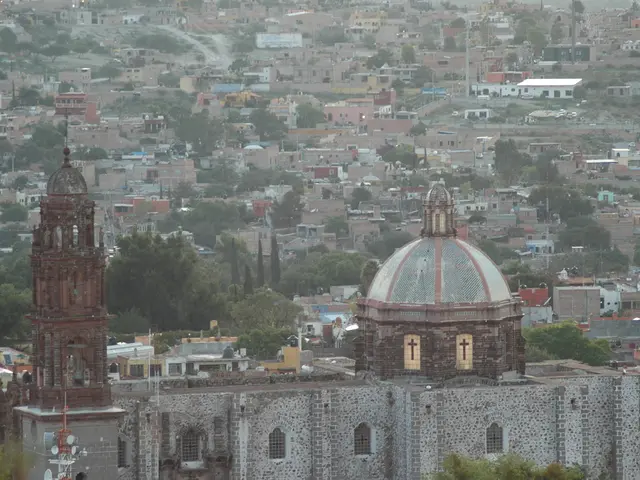World to Gain 14 Megacities by 2050, Led by Africa and South Asia
By mid-century, the world will welcome at least 14 new megacities, each housing over 10 million people. This expansion, primarily driven by sub-Saharan Africa and South Asia, presents significant sustainability challenges.
Sub-Saharan Africa is expected to see rapid urban growth, with Kinshasa, Nairobi, and Lagos among the most unsustainable megacities. Their populations are projected to surge by at least 80%. Meanwhile, South Asia's megacities, including Dhaka, Lahore, Kolkata, and Delhi, will grow by at least 50%, with eight considered unsustainable. Dhaka alone is expected to swell from 22.6 million to 34.6 million by 2050, straining housing and displacing residents due to climate change.
These regions also face severe ecological hazards and low peace and resilience indices. Cities like Ahmedabad in South Asia will grapple with high air pollution, water stress, and catastrophic weather events. To mitigate these risks, policy changes are crucial, such as multilateral cooperation, financial restructuring, and empowering local communities.
With the addition of these new megacities, the total will reach 47 by 2050. Financial empowerment in low- and middle-income nations can boost sustainability and encourage smaller family sizes and better health plans. However, the fastest-growing cities will be in sub-Saharan Africa, with five of the 20 most at-risk megacities located there. Urgent action is needed to ensure these cities develop sustainably and resiliently.
Read also:
- Crisis in a neighboring nation: immediate cheese withdrawal at Rewe & Co, resulting in two fatalities.
- United Kingdom Christians Voice Opposition to Assisted Dying Legislation
- Democrats are subtly dismantling the Affordable Care Act. Here's the breakdown
- Antisebum skincare products (cream, cleanser, and moisturizer) advocating for self-acceptance and skin confidence.








